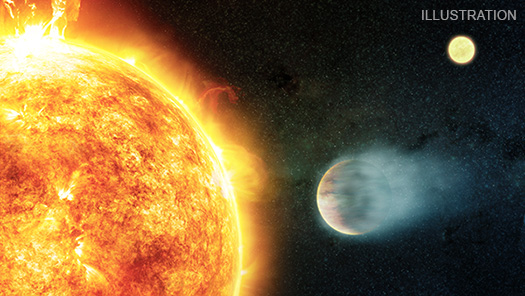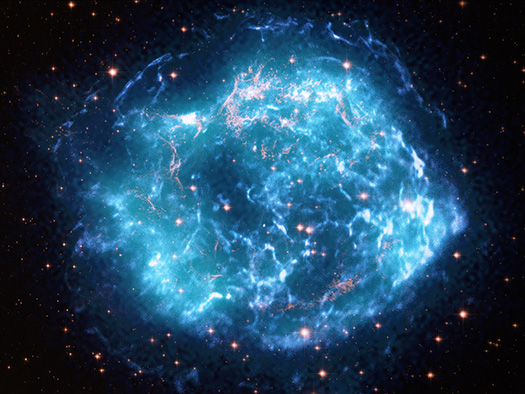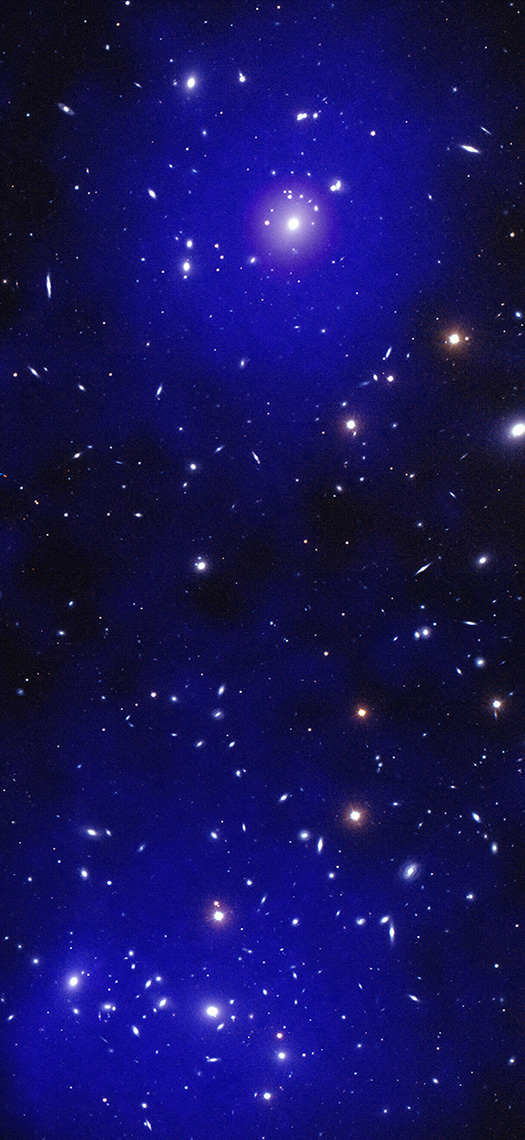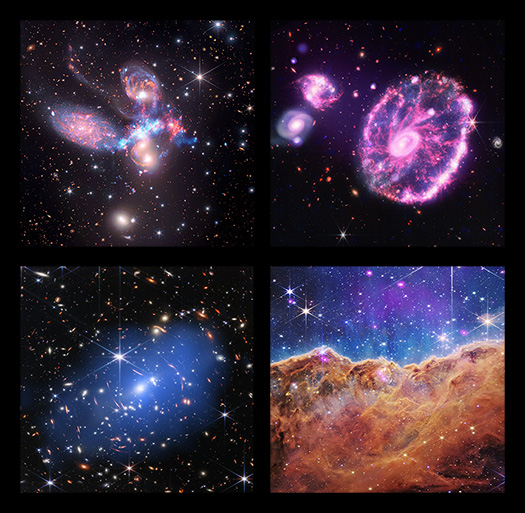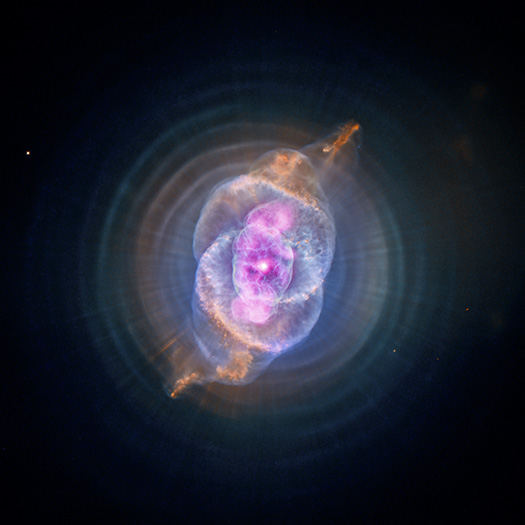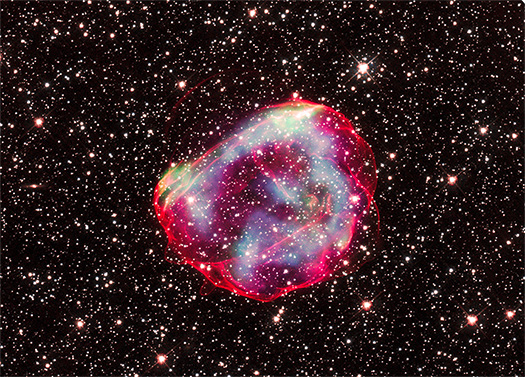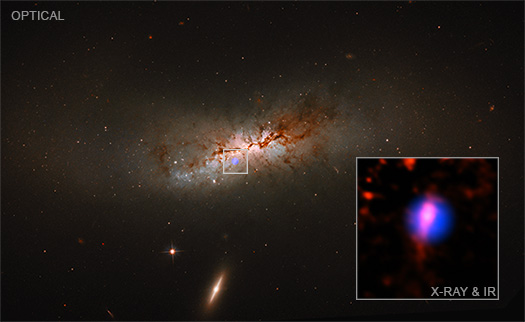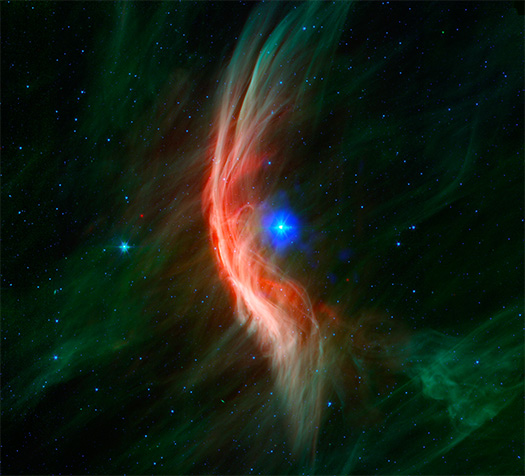'Listen' to the Light Echoes From a Black Hole
Submitted by chandra on Mon, 2022-11-21 10:31Credit: X-ray: Chandra: NASA/CXC/U.Wisc-Madison/S. Heinz et al.; Swift: NASA/Swift/Univ. of Leicester/A. Beardmore; Optical/IR: PanSTARRS; Sonification: NASA/CXC/SAO/K.Arcand, SYSTEM Sounds (M. Russo, A. Santaguida)
One of the surprising features of black holes is that although light (such as radio, visible, and X-rays) cannot escape from them, surrounding material can produce intense bursts of electromagnetic radiation. As they travel outward, these blasts of light can bounce off clouds of gas and dust in space, similar to how light beams from a car’s headlight will scatter off fog.
A new sonification turns these “light echoes” from the black hole called V404 Cygni into sound. Located about 7,800 light-years from Earth, V404 Cygni is a system that contains a black hole, with a mass between five and 10 times the Sun’s, that is pulling material from a companion star in orbit around it. The material is funneled into a disk that encircles the stellar-mass black hole.




